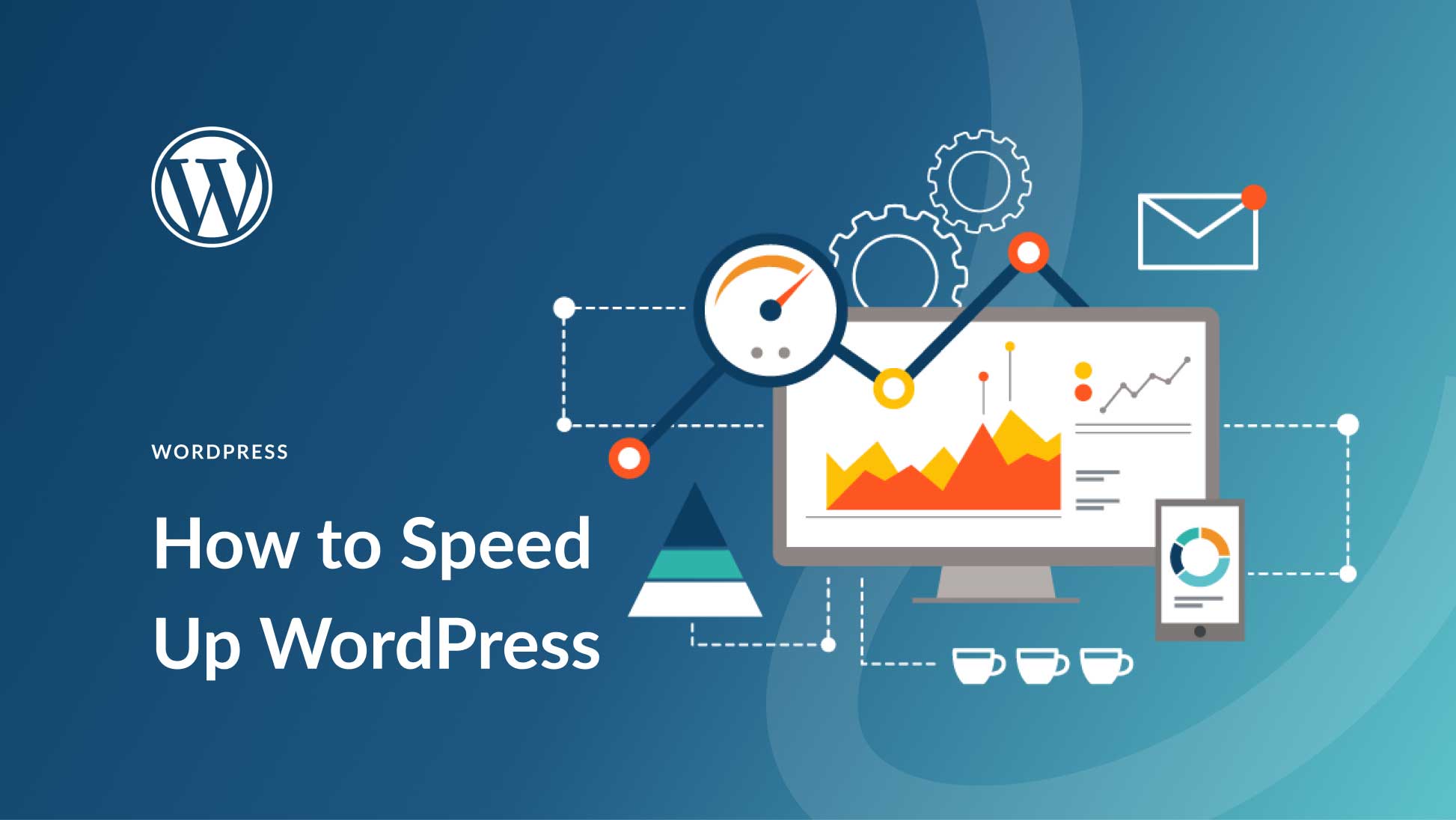How to Speed Up Your WordPress Website
Is your WordPress website running slow? Are you tired of waiting for your pages to load? It may be time to optimize your site for speed. In today’s fast-paced digital world, users expect instant access to information and a slow website can drive them away. Not to mention, site speed is a crucial factor for SEO ranking. If you want to improve user experience and boost your search engine visibility, follow these tips to speed up your WordPress website.
1. Choose a Good Hosting Provider
Your hosting provider plays a significant role in determining the speed of your website. Opt for a reputable hosting company that offers fast servers and reliable performance. Consider using a managed WordPress hosting service for optimized speed and security. Shared hosting plans may save you money, but they often result in slower loading times due to shared resources.
2. Optimize Images
Large images can significantly slow down your website. Make sure to optimize your images for the web by using the correct file format (JPEG is best for photographs, PNG for graphics with fewer colors) and compressing them without sacrificing quality. You can also use plugins like Smush or Imagify to automatically compress images on your site.
3. Minimize HTTP Requests
Each element on your website, such as images, stylesheets, and scripts, requires an HTTP request to load. Minimize the number of requests by combining CSS and JavaScript files, using sprites for images, and loading resources asynchronously. This will reduce the load time for your website and improve performance.
4. Enable Caching
Caching saves a copy of your website’s pages and serves them to visitors, rather than generating them from scratch each time. This reduces server load and speeds up loading times. Install a caching plugin like WP Super Cache or W3 Total Cache to enable caching on your WordPress site.
5. Optimize Plugins and Themes
Too many plugins and poorly coded themes can slow down your website. Regularly review and deactivate unnecessary plugins and themes. Opt for lightweight themes that are specifically designed for speed. Keep your plugins and themes updated to ensure optimal performance.
6. Utilize Content Delivery Networks (CDN)
Content Delivery Networks (CDNs) store cached copies of your website’s content on servers located around the world. When a user accesses your site, the content is served from the nearest server, reducing latency and improving load times. Consider using a CDN like Cloudflare or MaxCDN to speed up your WordPress site.
7. Clean Up Your Database
Over time, your WordPress database can become bloated with old data, revisions, spam comments, and unnecessary information. Regularly clean up your database by deleting unused data, optimizing database tables, and scheduling regular maintenance tasks. You can use plugins like WP-Optimize to simplify this process.
8. Monitor Site Performance
Track your website’s speed and performance regularly using tools like Google PageSpeed Insights, GTmetrix, or Pingdom. These tools provide valuable insights into areas for improvement and help you identify issues that may be slowing down your website. Make adjustments based on their recommendations to enhance your site speed.
Conclusion
By following these tips, you can significantly improve the speed and performance of your WordPress website. A faster website not only enhances user experience but also boosts your search engine rankings. Take the time to optimize your site for speed and watch your audience grow. Remember, every second counts in the digital world!
